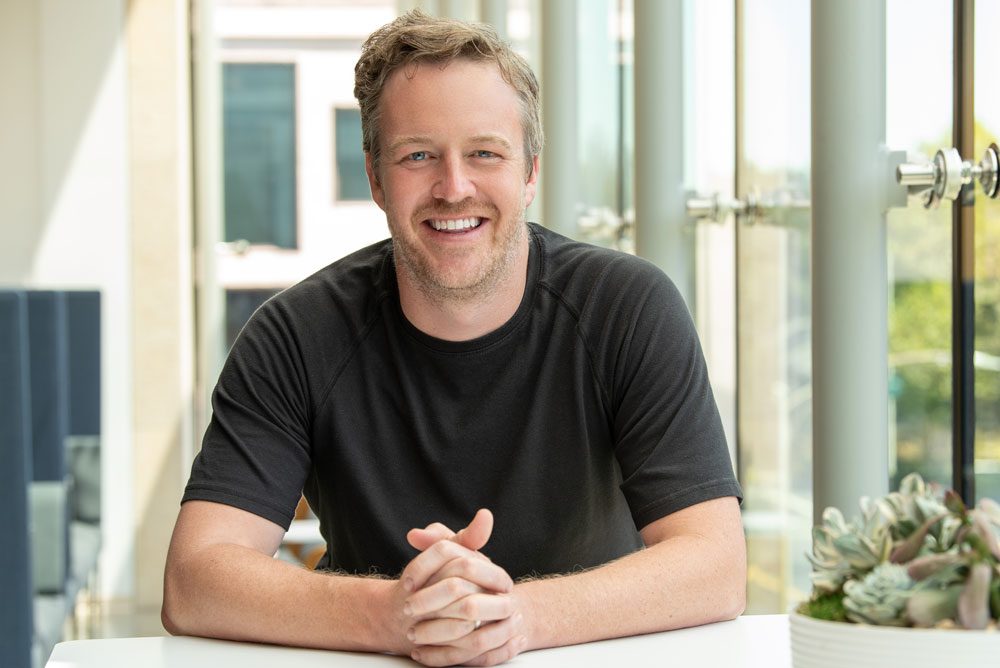Are you an early stage founder trying to figure out what’s next in your startup’s journey? Check out more insights from the Next47 team in our Seed to Series A Playbook.
The investment environment has changed from one where founders were being bombarded with offers to one where investors are more selective. This means that founders need to prepare for a fundraising process months in advance.
Raising a successful Series A is a critical step in transitioning from a promising idea to a real company. As a result, meeting with investors who will fund your next stage is a critical step for any founder.
But investor relationships are more than just transactions—they’re partnerships that take time to cultivate. By reaching out early, you can build trust, align your visions, and make sure that when it comes time to raise money, you’re not just pitching to strangers, but collaborating with allies.
However, the questions remain: when is the right time to build those connections, and what are investors looking for along the way? Knowing the answer to both will set you up for a smooth and successful raise when the time comes.
What Investors Are Looking For
In the Series A stage, investors want to see that your product has value and that there are many people willing to pay for it, which means you have product-market fit. They want to know about your company, its value proposition, why it is unique, and why it will succeed in a large market. This is the pitch that you, as a founder, are probably already giving constantly throughout the seed stage. However, as you move to Series A, your pitch needs to be even more focused.
In the first five minutes of your pitch, you should be able to very clearly express:
What the problem is
How your company uniquely solves it
Why things are going to be so much better after you do
That lots of people are going to be buying from you as a result.
If you can’t explain all that in just five minutes, then you should continue to hone your pitch until you can.
The best long-term investors prefer to get to know a company nine to twelve months before they start the fundraising process. At this point, there is no pitch meeting or data exchange. It is primarily just the founders and investors determining if there is a mutual understanding of the startup’s industry, whether the investment firm has a standing thesis in the industry, where the company should be headed, what customers are looking for, and of course, personal chemistry.
Have a Plan with Milestones
Raising a Series A round is not something that should be left until the last minute. You need to have a plan in place, with a goal and the product and revenue milestones you will hit along the way.
It is important to identify the investor relationships you want to develop and why, as well as the steps you will take to prepare them by the time you are ready to raise funds. Ideally, you should be in a position to close your funding round when you have about three to six months of runway left. Three months is cutting it close, but you want to give yourself the best chance of hitting or exceeding your metrics so that you are in the optimal position when you have an investor conversation. At the same time, you don’t want to cut it so close that you have to go back to your insiders for a bridge loan if you are way off.
Build Relationships
Whether or not you’re actively fundraising, you should always be carefully curating a list of potential investors to work with in the future. But despite all the stories you might have read, it’s best not to do cold outreach or to make cold calls to prospective investors. Instead, use your network, and then use one point in the network to jump to the next node. You could, for example, speak to another founder you know and ask for an introduction to an investor they like, even if they didn’t take money from that investor.
As a founder, you’re naturally going to get some people reaching out to you. But in today’s more normal environment, it’s a good idea to talk to your seed investors and other founders, especially founders in similar spaces as you, and ask for recommendations. Ask them: Who are the other smart people you’ve met in the fundraising process and what was it about them that most impressed you?
Curating and cultivating that investor list not only increases the odds of being able to raise, but more importantly it should lead to better long-term partnership after the financing.
Chemistry’s Important
When you’re talking to investors, you’re looking for people you can connect with—both the firm as a whole and the individual you’re speaking with. The time you spend building relationships with investors is key—both for getting the right financial outcome and for finding the right partnership.
When you’re looking for a raise, you want to have a short list of five or six people you’d be excited to work with. That means you’ll have to talk to maybe ten to fifteen people to find the potential investors who best understand your business, who you have chemistry with, and who you’ll be cultivating in the coming months—and years.
It’s important to take the time to find the right investors, because they’ll be a big part of your success. So don’t rush the process, and be sure to build relationships with people you genuinely like and respect.
Conclusion
Building relationships with investors takes time, but is a critical step in setting your company up for a successful Series A raise. Like any meaningful partnership, the investors coming in at this stage are likely to be with you for the long haul. Knowing when to make connections and what to share are key factors in ensuring success.

